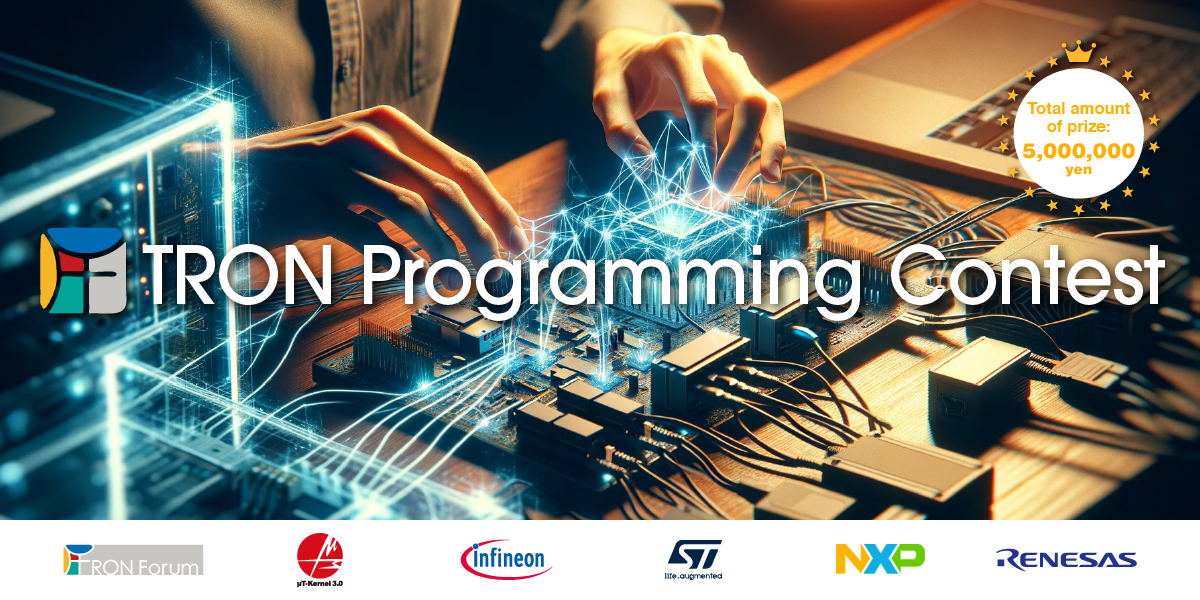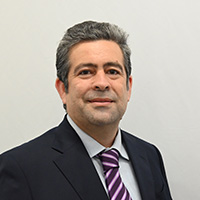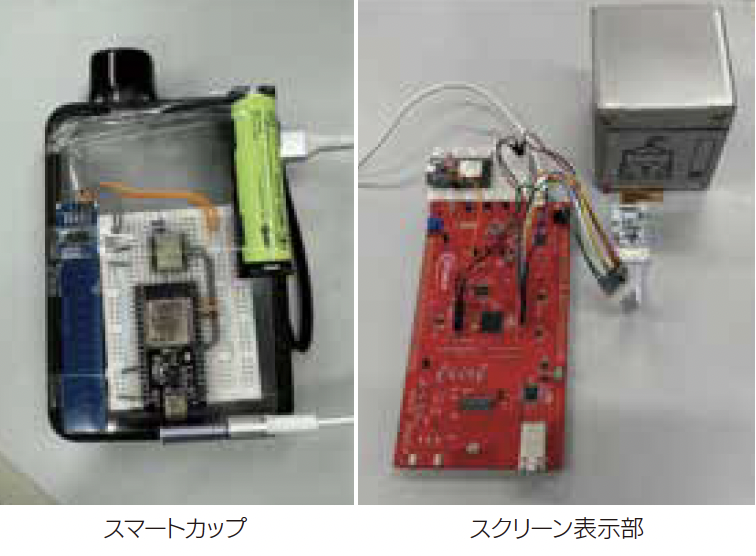
Review by the judges

Ken Sakamura (Chief Judge)
Chair of TRON Forum, IEEE Life Fellow / Golden Core Member, IEEE Computer Society, Professor Emeritus of the University of Tokyo
With the rapid deployment of the IoT, embedded systems and the real-time OS (RTOS) that forms their core are becoming increasingly important day by day. In addition, the role of embedded systems with high energy efficiency is becoming increasingly important in modern society, which aims to be carbon neutral.
Many engineers have mastered the OSs for general information processing which are highly flexible, so I often see the adoption of such OSs in embedded computer systems, but using them in embedded systems is not the optimal solution from the perspective of energy efficiency and security issues. The more the IoT becomes popular, the cumulative excess energy consumption will become an acute problem, and solving the security issues will also become important to support the society in a stable manner.
In such circumstances, with the cooperation of the microprocessor manufacturers, we were able to hold a programming contest using the latest microprocessors and the world standard RTOS μT-Kernel 3.0 to promote the RTOS for embedded computer systems. Many people entered the contest, and those who were selected after the initial entry screening were provided with microcomputer evaluation boards and asked to work on program development.
The Excellence Award in the RTOS Application General category, “Program for a device that can measure stress of a human in real time”, is a stress checker for the human. It measures heart rate variability by having the user touch a sensor with their finger, and displays the stress level. The high practicality of the work and the design that uses the μT-Kernel 3.0 multitasking program to control the sensors while also taking low power consumption into account were highly evaluated.
The “Microcomputer-based Cooperative Autonomous Driving” project, which was also selected for the Excellence Award in the RTOS Application Student category, achieves collision avoidance control when multiple robot cars are simultaneously driving. It was highly evaluated because all functions such as wireless communication with the server, collision avoidance control, and line tracing are executed on μT-Kernel 3.0.
In the Development Environment and Development Tool Category, the Excellence Award was given to “A Simple Testing Environment Using NT-Shell and CppUTest,” which utilizes open source tools to create a testing environment for μT-Kernel 3.0 programs. It is designed not only for test environment construction, but also with practical application examples in mind, such as the generation of various tests for studying and automatic AI-based tests. These were highly evaluated.
All of these prize-winning works are considered to be worthy of the prize for their use of μT-Kernel 3.0. But there seems to be room for improvement in terms of making the most of the functions of the RTOS and whether they could have been achieved only by using an RTOS.
This is the first time this contest has been held, but due to its popularity, a second contest is already being planned. We hope that this contest will provide a new challenge and stimulus for technological development, and open up new horizons for embedded system development.

Takashi Goto
Infineon Technologies Japan K.K.
On behalf of Infineon Technologies Japan K.K., I would like to express my sincere respect to all the participants.
Infineon is focused on driving innovation, especially in the areas of decarbonization and digitalization.
We have a comprehensive solution portfolio for the next-generation IoT market, especially for application systems that require AI/ML, motor control, and power conversion, with a wide range of products such as microcontrollers, power, sensors, security, and wireless.
By implementing the TRON real-time OS, we believe it will be possible to achieve higher levels of performance, efficiency and low power consumption.
We believe that the future of technology is in the hands of talented people like you, and we are proud to support this contest as a platform for you to show off your creativity and talent.
This contest is a bridge to the future. I am very happy to be able to see the innovative and unique ideas and solutions that you have developed by participating in the TRON Programming Contest.
In particular, I was very impressed by the talent, perseverance, creativity and wonderful presentations of those of you who chose Infineon microcontroller products and took on the challenge of the contest.
I know that you will all go on to pursue different career paths, but I hope that you will continue to push the boundaries of your potential and maintain your curiosity and spirit of challenge.
We have high expectations for you, and I am confident that you will drive innovation and growth in Japan. Once again, I would like to congratulate you on your achievements.
We are proud to have been involved in this event. I look forward to seeing the wonderful products you develop in the future on the market one day.

Paolo Oteri
Director, Microcontrollers & Digital ICs Group, Asia Pacific excluding China, STMicroelectronics K.K.
Thank you very much for entering the TRON Programming Contest.
This was the first time we held this contest, and we received many entries that will be useful for product development and expansion of the support of STMicroelectronics microcontrollers.
In particular, in the “Development Environment and Development Tools” category, the “Simple Test Environment Using NT-Shell and CppUTest” entry, which used ST's STM32 microcontroller, created a shell library for small-scale embedded systems and released it as open source on GitHub. It is expected that this will be used by many people in the future as a development environment for μT-Kernel.
In addition, other entries were also highly innovative, making it difficult to choose a winner. We believe that this contest produced many ideas that will provide inspiration for the development of innovative applications in the future.
Finally, we would like to offer our sincere congratulations to all the winners of this year's contest. We would also like to take this opportunity to thank all the participants.
ST will continue to work on product development and expanding development environments and support in order to encourage more people to use STM32 microcontrollers in their system development.

Koji Oshima
Senior Director, Regional Marketing, Global Sales Japan, NXP Japan Ltd.
Thank you very much to everyone who participated in the TRON Programming Contest.
As a microcontroller manufacturer, NXP is focusing on product development that supports next-generation technologies such as the IoT and edge AI, and is striving to create an environment where developers can freely take on challenges. In particular, edge AI has great potential in terms of real-time processing, privacy protection, and energy saving, and we are confident that it will drive future technological innovation.
Although there were no entries in this contest that make extensive use of AI technology, we were impressed by the works that achieved advanced processing using limited resources and the ideas that tackled the challenges from an original perspective.
We look forward to seeing works that incorporate edge AI using NXP products in the next contest. We hope that this contest will encourage everyone to take on challenges and grow, and become a place that gives birth to new innovations.
We at NXP will continue to support everyone's success.

Takahiro Hattori
Senior Director, Embedded Processing 1st Business Division, Renesas Electronics Corporation
We are grateful for the opportunity to judge the many submissions that make use of the microcontroller and μT-Kernel that are appropriate for the first TRON Programming Contest.
Thank you to everyone who submitted an entry to the TRON Programming Contest based on their many wonderful ideas. Also, congratulations to all the winners.
In the application category, “Program for a device that can measure human stress in real time” and “Microcontroller-based cooperative autonomous driving” were highly rated for making use of the features of the μT-Kernel, and also for making the source code available on GitHub, so that anyone can use it.
In addition, the “Comado” window system for embedded microcontrollers that utilizes Renesas Electronics' EK-RA8M1 achieves GUI middleware for general-purpose microcontrollers, and is thought to be useful for easy graphical application development. Other works of high quality included the “NT-Shell/CppUTest simple test environment” test environment that assumes development on target hardware.
Renesas Electronics will continue to provide new products and development environments that allow people to experience the world of embedded systems using microcontroller boards and the μT-Kernel, and we look forward to continuing to support everyone.

Akira Matsui
Sub Chair of T3/IoT WG, TRON Forum / President, Personal Media Corporation
In this programming contest, we received more entries with a variety of ideas and concepts than we had expected, and it was a pleasure to judge them. First of all, we would like to thank all the entrants and express our respect for their efforts.
μT-Kernel is an OS, so the possibilities for its application are endless. However, when you think about actual applications and try to create something that really works, you need not only ideas but also technical skills. In particular, μT-Kernel is a real-time OS (RTOS) for edge nodes, and its major feature is that it is resource-efficient and lightweight. For this reason, there are significant restrictions on the amount of memory that can be used and on the available hardware devices, so you cannot run huge programs as on a Windows PC. Given these limitations, you need to have a good technical sense to create a system that makes good use of the lightweight edge node features of μT-Kernel.
Looking at the entries, I was impressed that many of them correctly understood the characteristics of RTOSs and μT-Kernel, and made good use of their advantages. In particular, I think that many of the entries that used micro:bit were based on excellent ideas in terms of making the most of the compactness of the board and the portability of battery-powered devices.
We also focus on education for real-time operating systems, and we have released learning materials such as the “IoT Edge Node Practice Kit/micro:bit,” but by looking at the entries for this contest, we ourselves were taught a lot by the entrants. I hope that the next contest will be held and that it will be even more exciting than this time.
RTOS Application General Category
Jiabin WANG

Tatsuya Yuzawa
The micro:bit is expanded using i2c “EEPROM + simple wear leveling, i/o-Expander”.
Instead of the ladder (LD) format commonly used in PLC programming, the micro:bit uses an internal interpreter to register and execute instruction (IL) format, so it can be operated, using general-purpose communication software, not only on a PC but also on a smartphone or BTRON (currently being confirmed) by writing ASCII character strings.

Akihiro Okuda
The configuration file for determining the fitness of the environment can be easily changed, so it can be applied not only to work environments but also to living environments such as living rooms and bedrooms. In addition, since the measured values can be sent to Google Spreadsheets, they can also be applied to trend analysis.

RTOS Application Student Category
Network Information System Laboratory, Doshisha University

Li Xinjia
The device is made up of two parts: a smart cup that can detect the amount of water drunk, and a screen that displays the status of fluid intake.
When enough water has been drunk, the screen displays characters of animals and plants looking healthy, but when fluid intake is insufficient, the characters look distressed. By checking the appearance of the characters, users can remember to drink enough water.

RTOS Middleware Category
Yuichi Kubodera
This library implements the MQTT Subscriber, Publisher and Broker functions using lwIP, an open-source TCP/IP protocol stack. This makes it possible to build an information distribution system using MQTT in the μT-Kernel 3.0 environment. As an example of its application, I have developed a system that distributes and updates information to a development board connected to an electronic paper module, and were able to create a system that operates with low power consumption.

Shigeru Mototani
Furthermore, it has the feature of being very friendly to embedded systems, which is the target of μT-Kernel, in that even if you increase the number of overlays, memory consumption remains low and speed does not slow down.
While window systems are highly expressive, they also require a certain amount of memory to be reserved in order to restore overlapping areas later, which made them difficult to use in embedded systems. However, in recent years, the computational performance of microcomputers has improved dramatically, with some now capable of handling AI even, and the cost of calculating and drawing the formerly hidden image in real time without the need to store the old image in memory has also decreased. So, I thought, why not create a window system for embedded systems that is computationally efficient and uses less memory?

Yoshiaki Sudo

Development Environment and Development Tool Category
Koji Abe
- To be able to test on a target device easily and casually.
- To reduce the anxiety of developers when testing and give them confidence.
NT-Shell is used to make testing easy. It is easy and simple to input and edit commands from the serial console. I have incorporated the CppUTest test framework for testing purposes. Using CppUTest has made the following possible.
- Tests can be written using CppUTest notation.
- You can choose which tests to run, such as only running a specific group of tests or only running a specific test.
I hope this will be of some help to those considering testing on a target device.

Yusuke Nishida
By connecting a microcontroller to a computer and using dedicated software on the computer, it is possible to check the internal state of μT-Kernel at any time.
In order to enable the microcontroller to communicate with the computer, it is necessary to add simple mtdbg code to the μT-Kernel program.

